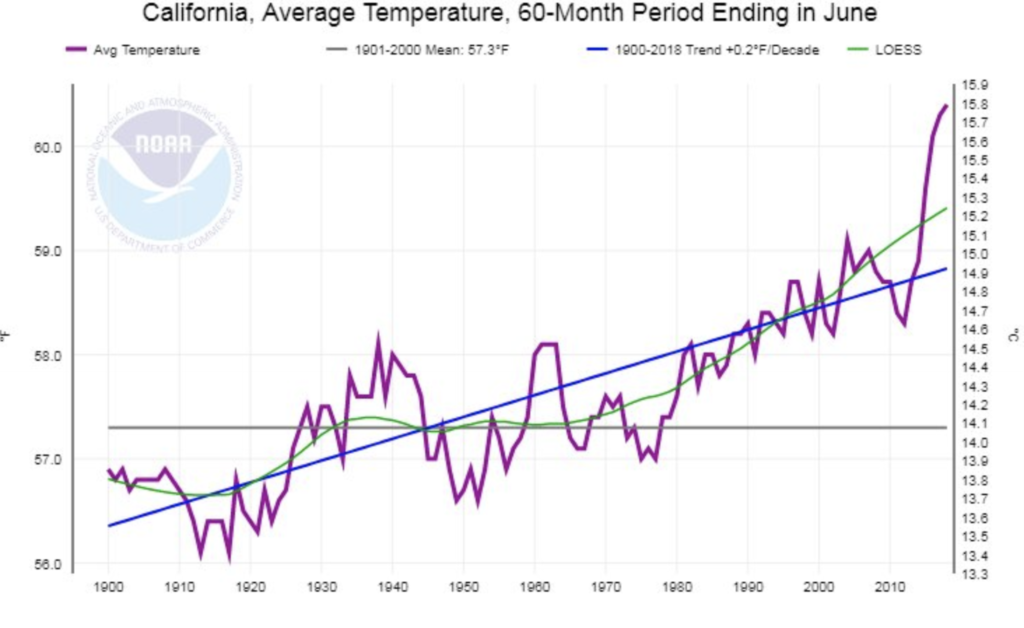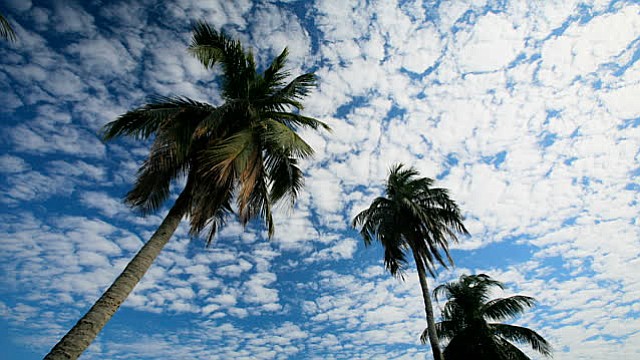ENVIRONMENT | By Kit Stolz
SoCal is Losing It’s Cool
OJAI, CA (July 6, 2018) — On the eve of a hellacious heat wave — up to 110 this weekend they say — here’s a new fact to contemplate about life in Southern California.
We’re losing our cool; physically, that is. We’re losing clouds and fog in summer over our heads, according to scientific studies and meteorological observations. Here’s the lead from a story about this I wrote for the Santa Barbara Independent.
It’s not just climate change that’s intensifying warming in Southern California. As our cities become more populous and denser with buildings, vehicles, and roads, they capture and reflect more of the sun’s heat, and that heat is increasingly dissipating the morning fog and low clouds that shade coastal Southern California in the summer. A scientific study released last week revealed that clouds in coastal areas have “declined significantly” since the 1970s in the most urbanized areas.
“Cloud cover is plummeting in southern coastal California,” said Park Williams, a climatologist and former graduate student and researcher at UC Santa Barbara. “And as the clouds decrease, that increases the chances of bigger and more intense fires.”
The wrinkle, in this case, is that it’s not principally due to climate change: it’s due to growth, the warming of the land. Eric Boldt, who works for the National Weather Service in Oxnard, explains:
Eric Boldt, a meteorologist for the National Weather Service station in Oxnard, said that the findings made a lot of sense, based on his years of experience observing weather in Southern California. “I fully think this is accurate,” he said. “If you heat up the land, you’re going to burn off clouds sooner in the morning.”
Boldt said it was plausible that population growth and development of Southern California since the 1970s led to an intensification of what scientists call the “heat island effect.” “I looked up some numbers on population growth in Southern California,” he said. “Los Angeles County went from about 7 million people in 1970, to about 10 million today. With all those people coming in, and a lot of them moving out towards the ocean, you’re going to have more houses and buildings and freeways reflecting heat.”
And yes, this does have implications for fire. Of course, humidity and onshore flow help reduce the risk of wildfires raging out of control along the South Coast: as clouds and fog dissipate, the risk rises.
The study, which was published last week in the Geophysical Research Letters journal, found that with less cloud cover in summer, plants lost a higher percentage of their moisture to the atmosphere, making them more likely to burn if exposed to fire. Williams stressed that summer cloud cover is a less important factor for fires than Santa Ana winds or the timing of rains in the fall and winter, but he said that about 40 percent of wildfires in the region occur from May through September.
As an example of such a summer fire, Boldt pointed to the Springs Fire in the Camarillo area, which in 2013 burned over 25,000 acres in a little more than a day. “Usually in May we have low clouds and sometimes a little drizzle, but in that case we had a Santa Ana [wind] condition, and a major wildfire that burned all the way from Highway 101 to the ocean,” he said.
One little bit of good news for Ventura County and Santa Barbara: Because we’re not as developed as Los Angeles and Orange County and San Diego, we’re losing our clouds (and cool) at a lesser rate.
The impact of the heat island effect has not been as marked in Santa Barbara as in Los Angeles and San Diego, Williams said. “Santa Barbara hasn’t been urbanized enough to have as great an impact,” he said. “There is a slight decrease in cloud formation, but the urban heat island effect hasn’t been strong enough to overcome the forces of natural climate variability. By contrast in Los Angeles, somebody going about their lives could have noticed in recent years clouds burning off earlier in the day, such that there is about one extra hour of clear sky conditions.”
Trees and shrubs not only shade us directly: their existence (and the non-existence of pavement and buildings and cars and such) allows the land (and the atmosphere) to retain and recycle water, benefitting us all.
Save the land and the trees! Save the clouds!



Leave A Comment